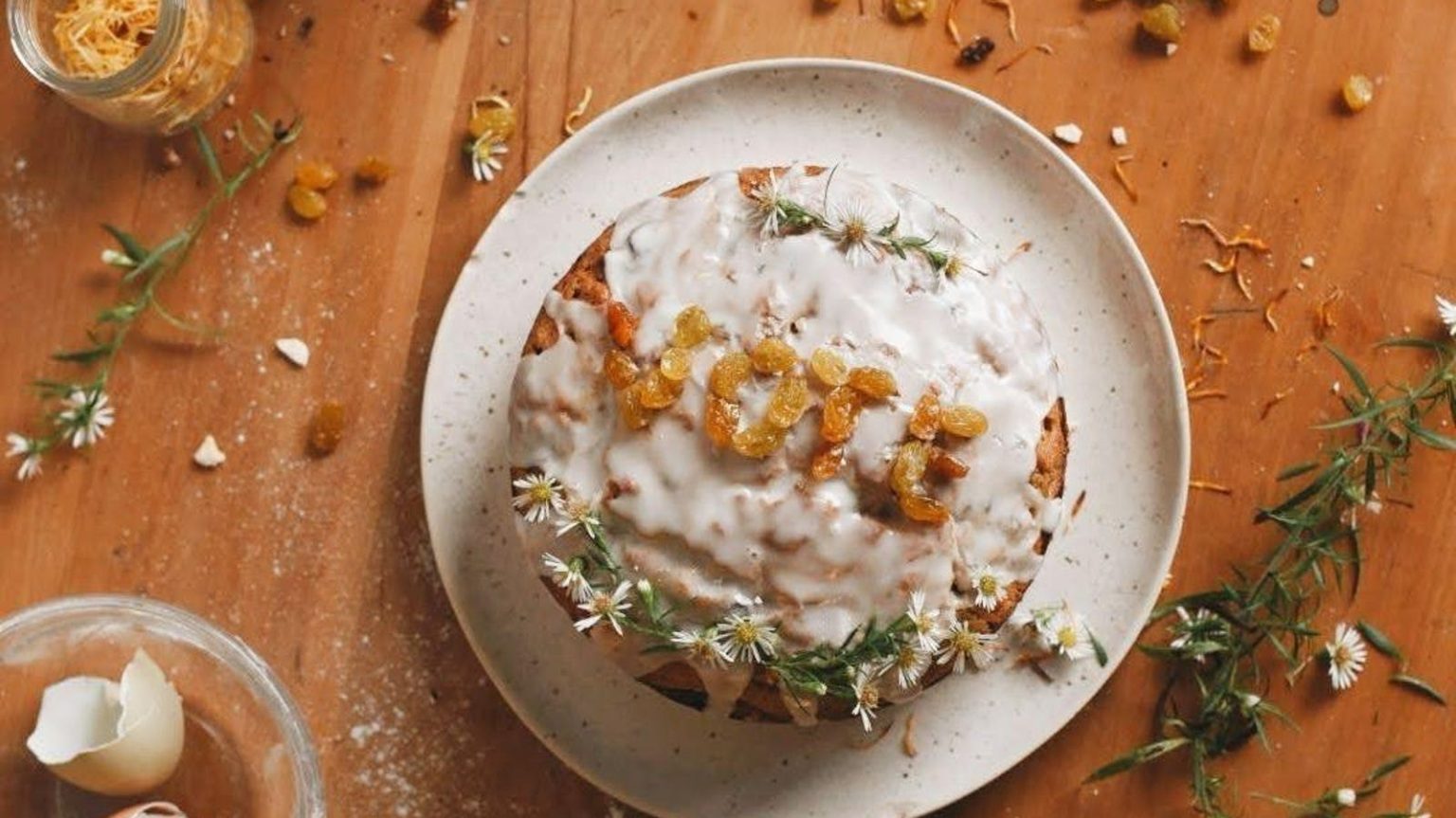Election Day in the U.S. can mean bake sales at polling sites, Election Night watch parties with celebratory cakes and cookies, and for some, stress baking while waiting for results. It can feel like a very modern phenomenon, but according to historians, the baking of “Election Cakes” is a tradition that has roots in the 1700s.
“They date back to the earliest elections of the colonial days,” KC Hysmith, a food scholar and American studies Ph. D, told ForbesWomen editor Maggie McGrath for Forbes Newsroom. “They were simply a cake that was baked to feed a lot of people. Elections were a little different back in that time, and everybody would travel from their property, which everyone was a little more spread out. Travel took more time, and so it was a bigger adventure to go.”
Hysmith says that while the modern media coverage of election cakes can paint the baking process as a “cute” way that women—who at the time, did not have the right to vote themselves—occupied themselves on Election Day. But the truth, she says, is that it was a “really radical act of doing something when you can do very little else.”
Women who baked these cakes “made themselves necessary for hospitality, for conversations,” she says. “They can’t vote necessarily, but they might be able to bend the ear of people that they’re serving cake to. So they are giving themselves an avenue into these political spaces that they would otherwise not have access to.”
Though the “election cake” of the colonial era was essentially an enriched dough with dried fruit—more like a bread or a fruitcake—Hysmith says that today, virtually any cake recipe can count as an election cake if a person is baking it with civics in mind.
“I personally believe that we can really stretch the boundaries of what we consider an election cake,” she says, “and include all the different varieties of cakes people are making today to exercise their right to vote, to talk about various issues that they find really important.”
Watch the full segment above!
Read the full article here





